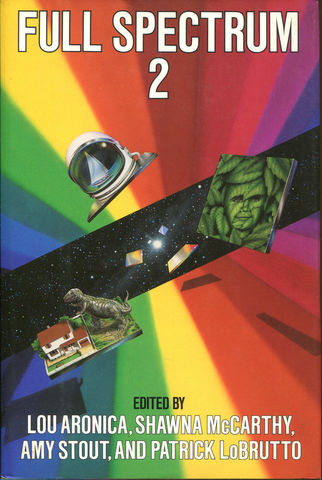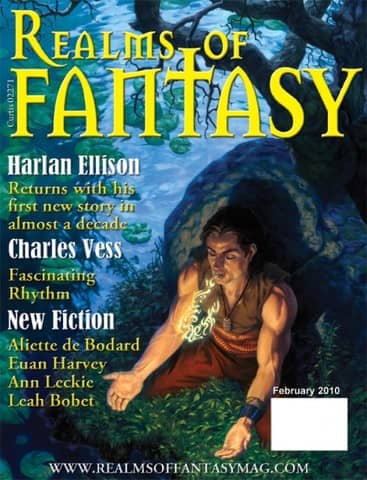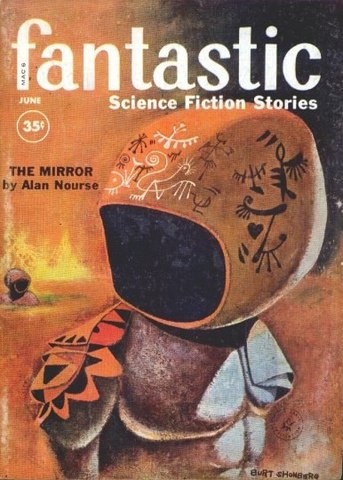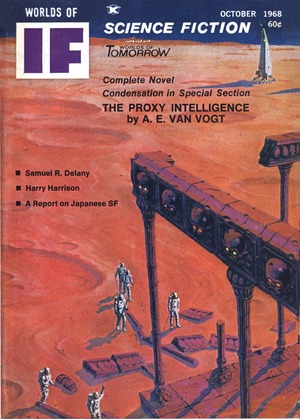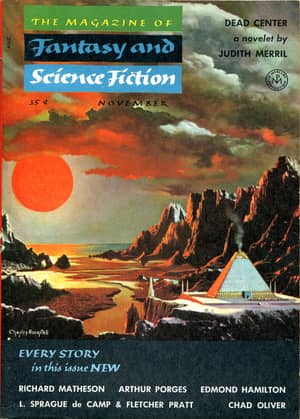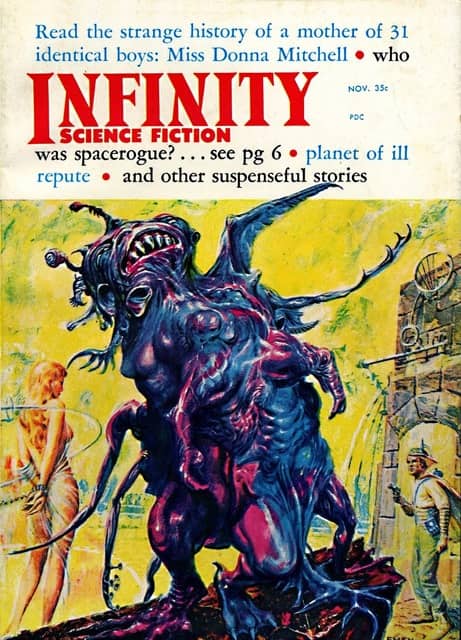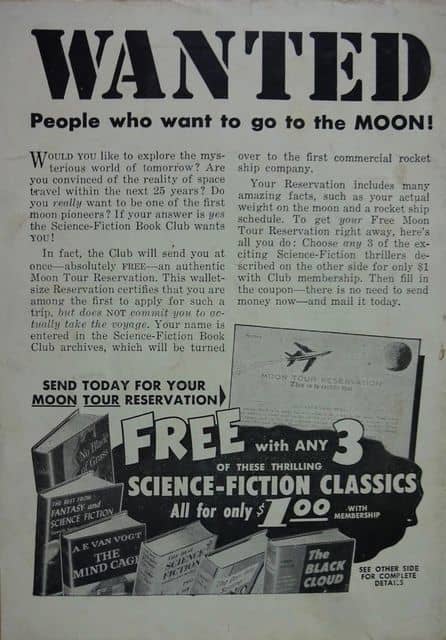Action Star of Hollywood’s Golden Age: Errol Flynn: The Life and Career, by Thomas McNulty
 Errol Flynn: The Life and Career
Errol Flynn: The Life and Career
By Thomas McNulty
McFarland Publishing (381 pages, $29.95 in trade paperback/$15.99 digital, April 8, 2004)
Errol Flynn never made a fantasy film during his long career, although he portrayed a number of legendary and historical characters, such as William Tell, and the great pugilist, “Gentleman” Jim Corbett. But undoubtedly his most famous role was the lead in 1938’s The Adventures of Robin Hood, one of the classic and most famous heroes in legend, myth, and perhaps in history, too.
Flynn first sailed to stardom in 1935 with the success of Captain Blood, which was followed by the 1936 version of The Charge of the Light Brigade. He began 1940 with The Sea Hawk, and in 1941 he portrayed George Armstrong Custer in They Died with Their Boots on. While these films cemented the cinematic persona of Flynn as the dashing, humorous, cheeky action hero, he made three war films in which he played straight, and against type, and showed off his acting skills: The Dawn Patrol in 1938, Edge of Darkness in 1943, and Operation Burma, in 1945, these last two based on real-life events. Flynn had great respect for the military and the war effort, and he played the leads in these three films with a grim sincerity that proved he could do more than wield a sword and shoot a longbow.
While Douglas Fairbanks, Senior was the first action star of the silent film era, Flynn was, in my opinion, the first action hero of the “talking motion picture.” You might think that Douglas Fairbanks, Junior would have inherited the crown from his father, but it was Flynn who won the throne.
Flynn also published two novels in his lifetime: Beam Ends, in 1937 — a travel and adventure novel; and Showdown, a 1946 romantic adventure. His also wrote his autobiography in 1959, My Wicked, Wicked Ways, which has never been out of print. Flynn not only inspired a genre and many other actors, he also inspired me. He appears (with both Fairbanks Senior and Junior) in my novella, The Pirates of Penance, which appeared in the 2017 Heroes in Hell anthology Pirates in Hell. (There’s also a lot of Flynn to be found in my and Dave Smith’s pirate fantasy, Waters of Darkness.)


